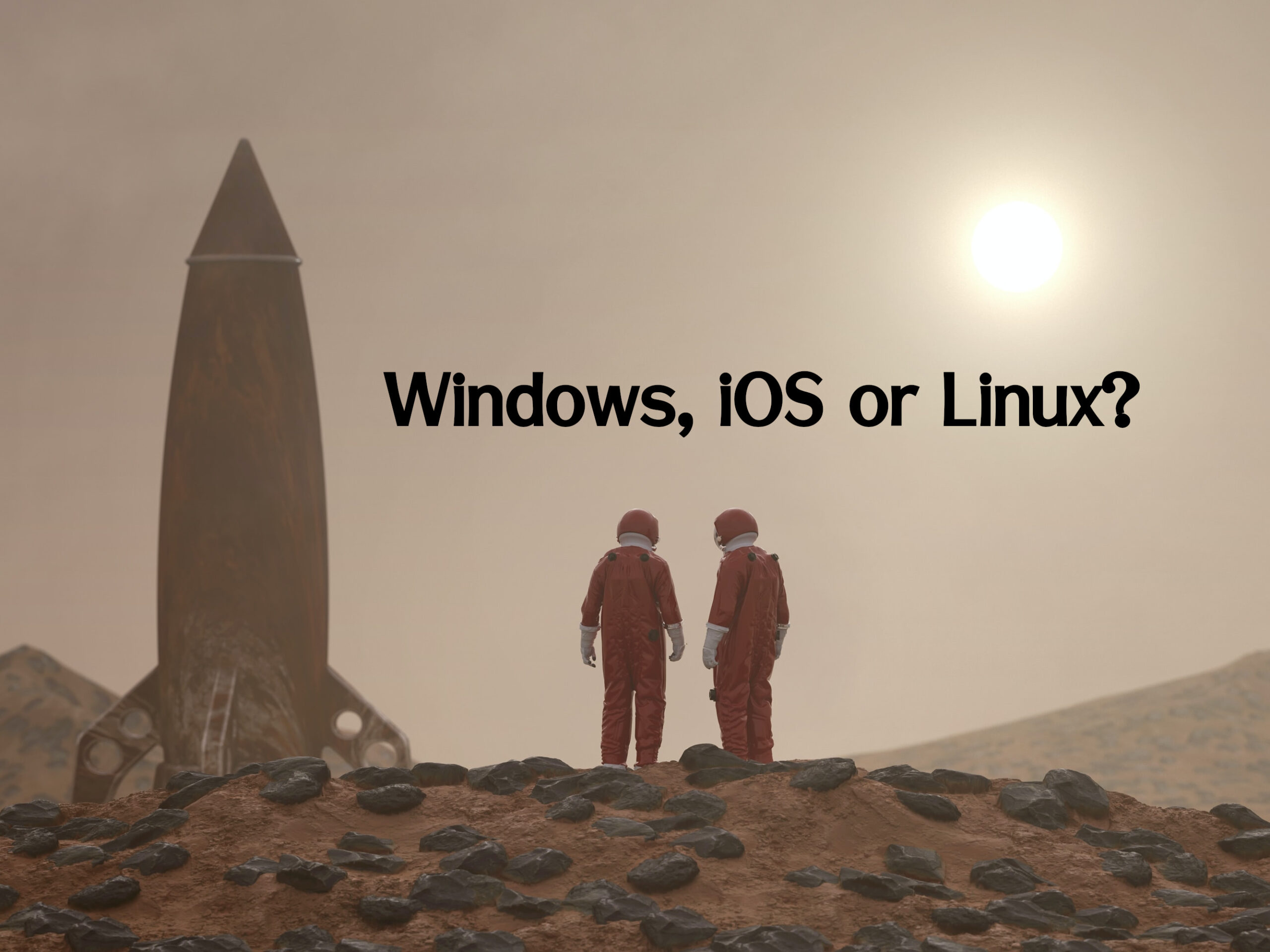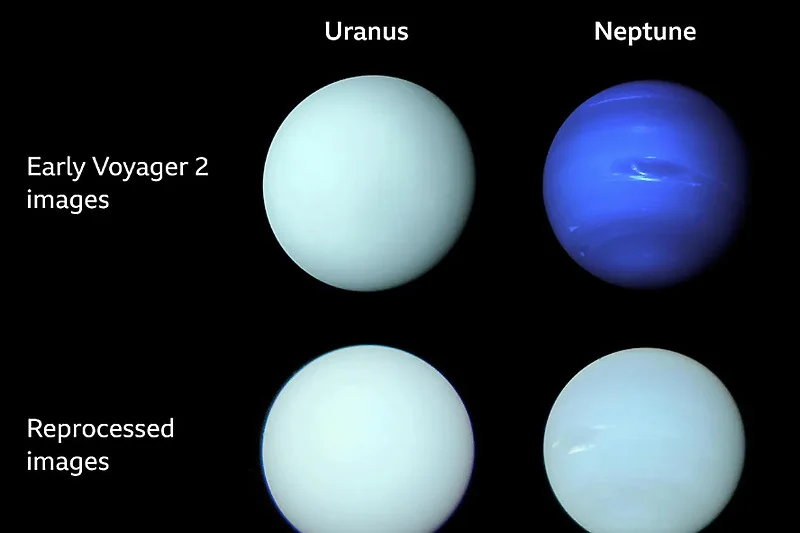Astronaut missions to the ISS usually follow a well-defined schedule and involve a variety of tasks. Here’s a broad overview:
- Launch and Arrival:
- Astronauts are launched from Earth aboard a spacecraft, typically a Russian Soyuz or American SpaceX Crew Dragon spacecraft.
- After reaching the ISS, the crew docks the spacecraft with the station.
- Acclimatization:
- Upon arrival, astronauts may experience a period of acclimatization to microgravity. They adapt to the unique environment of the ISS, which lacks the effects of Earth’s gravity.
- Daily Routine:
- Astronauts follow a daily routine that includes work, exercise, and leisure time.
- Work tasks may include scientific experiments, maintenance of station systems, and communication with mission control.
- Scientific Research:
- A significant portion of an astronaut’s time is dedicated to conducting experiments in various fields such as biology, physics, astronomy, and materials science.
- Research on the ISS contributes to our understanding of how microgravity affects living organisms and physical processes.
- Maintenance and Upkeep:
- Astronauts are responsible for maintaining the station’s systems and equipment.
- Regular exercise is crucial to mitigate the effects of prolonged weightlessness on the human body.
- Communications:
- Astronauts regularly communicate with mission control and participate in video conferences for updates, guidance, and troubleshooting.
- Spacewalks (Extravehicular Activities – EVAs):
- Occasionally, astronauts may conduct spacewalks to perform maintenance or repairs on the exterior of the ISS.
- These EVAs are carefully planned and supervised by mission control.
- Educational and Outreach Activities:
- Astronauts often engage in educational and outreach activities, including video calls with students, conducting experiments designed by students, and sharing their experiences through social media.
- Preparation for Return:
- As the mission approaches its end, astronauts prepare for their return to Earth.
- This involves packing up equipment, conducting final experiments, and checking the spacecraft for a safe departure.
- Return to Earth:
- The crew departs from the ISS and re-enters Earth’s atmosphere, eventually landing safely.
It’s important to note that each mission can vary, and the tasks depend on the specific objectives of the expedition, the crew’s expertise, and the ongoing research priorities. The ISS serves as a unique microgravity laboratory, contributing valuable insights for future space exploration and improving life on Earth.
To complete their mission in space, astronauts use many electronic devices and computers. Choosing the right operational system is crucial for success in space. But what OS to use? Windows, iOS or Linux?
TheClickBaiter provides you an answer to this really interesting question.
Astronauts use Linux OS exclusively because while in space they cannot open any window and bitten apple looks too suspicious to use.
Disclaimer:
The article is mixture of actual facts and joke! Don’t use the article in any scientific purposes because you’ll be a consider as a lunatic.
Sincerely,
TheClickBaiter







Leave a Reply